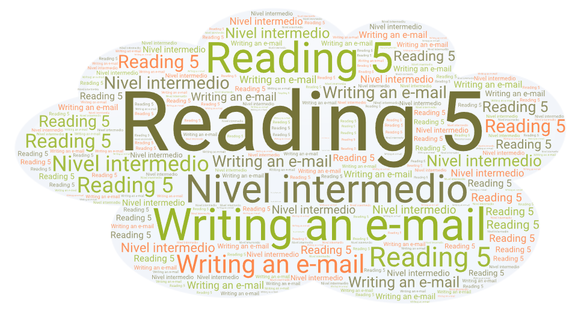Descripción: En el artículo sobre "Escribir un correo electrónico", descubre cómo comunicarte de manera efectiva por correo electrónico. ¡No te pierdas el cuestionario para poner a prueba tus conocimientos en el arte de la escritura de e-mails!

Writing an E-mail
Writing an e-mail is a common and essential skill in today's digital age. It's a tool that allows us to communicate efficiently, both in personal and professional settings. In this reading, we will discuss the key elements of writing a well-structured e-mail and some dos and don'ts.
To begin with, the subject line plays a vital role in capturing the recipient's attention. It should be concise and relevant to the content of the e-mail. Furthermore, a clear subject line helps the recipient understand the e-mail's purpose.
Moving on, the salutation is the next important aspect. In formal e-mails, using "Dear" followed by the recipient's name is customary. In addition to this, ensure that you address the recipient correctly - "Mr.," "Ms.," "Dr.," etc., as per their title.
Moreover, the body of the e-mail should be well-organized. Start with a brief introduction, followed by the main content. Additionally, ensure that your message is coherent and stays on topic. Avoid unnecessary tangents or excessive details.
Furthermore, it's crucial to maintain a polite and professional tone. Use appropriate language, and avoid using slang or overly casual expressions, especially in business e-mails. On top of that, always proofread your e-mail for any grammar or spelling errors before hitting "send."
In addition to these, it's essential to be concise in your e-mails. People often receive numerous e-mails, so a concise and to-the-point message is appreciated. To sum up, keep it as short as possible while conveying all necessary information.
WRITING AN E-MAIL QUIZ
EXERCISE
Choose the correct option for each question:
READINGS NIVEL BÁSICO
Descripción: Listado de readings de nivel básico en inglés. Los readings contienen ejercicios de uso del inglés y de comprensión lectora. Están orientados para usuarios con un nivel principiante en inglés. Los ejercicios de reading tienen auto-corrección con lo que usted puede evaluarse a sí mismo/a.
READINGS - NIVEL INTERMEDIO
Descripción: Listado de readings de nivel intermedio en inglés. Los siguientes ejercicios de reading están recomendados para un nivel B1 de inglés y para 3º y 4º de educación secundaria. Los ejercicios contienen auto-corrección.
| READING 1 - Adoption |
| READING 2 - Will sarah take my advice? |
| READING 3 - Would you like to have a pet? |
| READING 4 - My diet |
| READING 5 - Writing an e - mail |
| READING 6 - Looking for a room |
READINGS - NIVEL AVANZADO
Descripción: Ejercicios de reading de nivel avanzado en inglés. Te presentamos una serie de readings recomendados para un nivel B2 / C1 de inglés. Los ejercicios de reading de nivel avanzado tienen auto-corrección. El usuario puede evaluarse a sí mismo.
